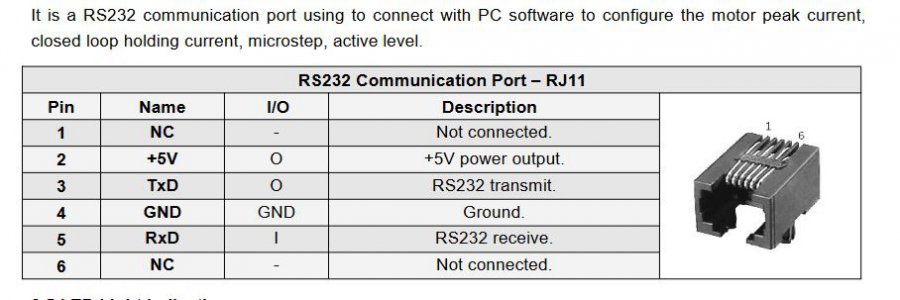- Joined
- Dec 18, 2019
- Messages
- 6,447
Do you have the cable that is used? Where did you get it? SteppersOnline wants $1.71 + $20.83 for shipping. I have bought lots of stuff from China, and the shipping they are charging is a super premium rate. I don't need it overnight! They don't seem to have the cable on their eBay Store. Do you know how it is wired? It's only 4 pins.I was looking for the program that I used. I believe it is the same as in CLSeries_setup.rar. I'm no expert on this but it seems that setting the dip switches to 0000 allows software control of the driver.


